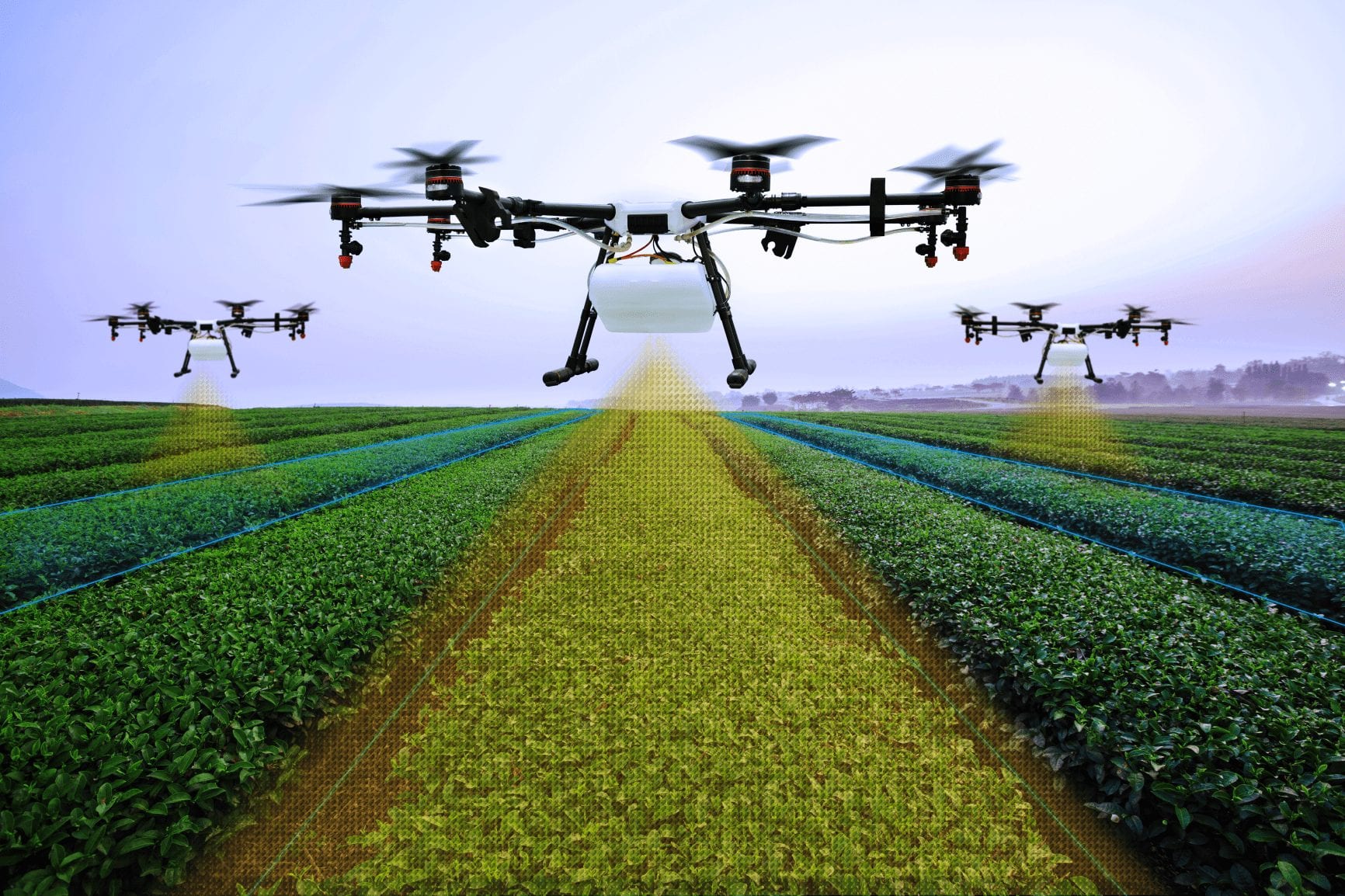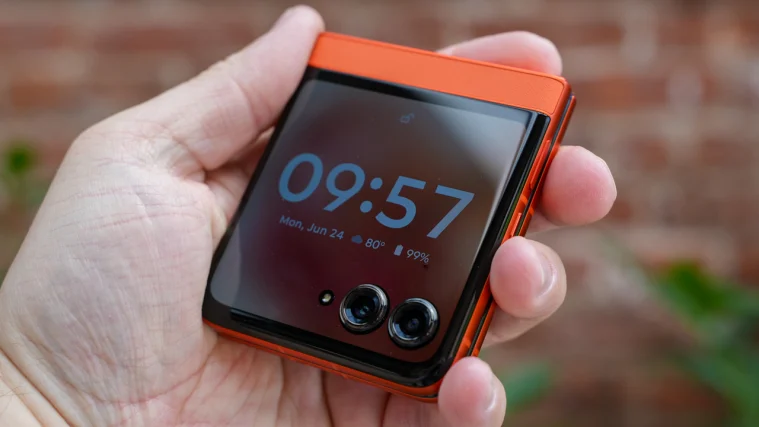
The existence of multiple uses has made airborne lidar a major hit in sectors like agriculture, archaeology, geology and social science. In areas of remote sensing, their use has yielded great results. They are capable for generating rapidly and quickly some of the geographical references in a digital format. Conventional type of airborne surveys is not able to produce digital elevation data with same accuracy.
When it comes to role of airborne lidar in agricultural sector, it provides a very useful help to farmers. The findings of this advanced technology direct farmers to high-yield sections in a farming area. This facilitates them in concentrating to nurture these areas aggressively. Likewise, this technology is beneficial for them in unearthing sections of the farming areas that witnesses highest run rays.
Under aerial mapping technique, a pulse laser effectively playing role of a rangefinder is mounted on an aircraft. This is designed especially for measuring distance between the airs to ground. Time taken for the laser pulse in reflecting back light to an aircraft from grounds surface is recorded. The surface could be a tree, a power line or a building. In this method, greater emphasis is given to surveying and determining speed of light. Ideally, a surveyor makes use of the elapse time in purposes pertaining to conversion of any slant range of any accurate distance.
When aerial lidar technology is used in any military application, the idea is to produce high-resolution imaging. This ushers in a helping hand to identify targets with greater precision and accuracy. DISC or Differential Scattering, LWIR or Long-Wave Infrared, etc. are some areas where this technology has found profound use. Finding topographical analysis and deep mapping are two such aspects where this technology has benefitted the archaeological arena. It is equally effective in mapping of a complete forest area or mountainous area. Without help of this technology, completing the same job would need a tiresome effort.



